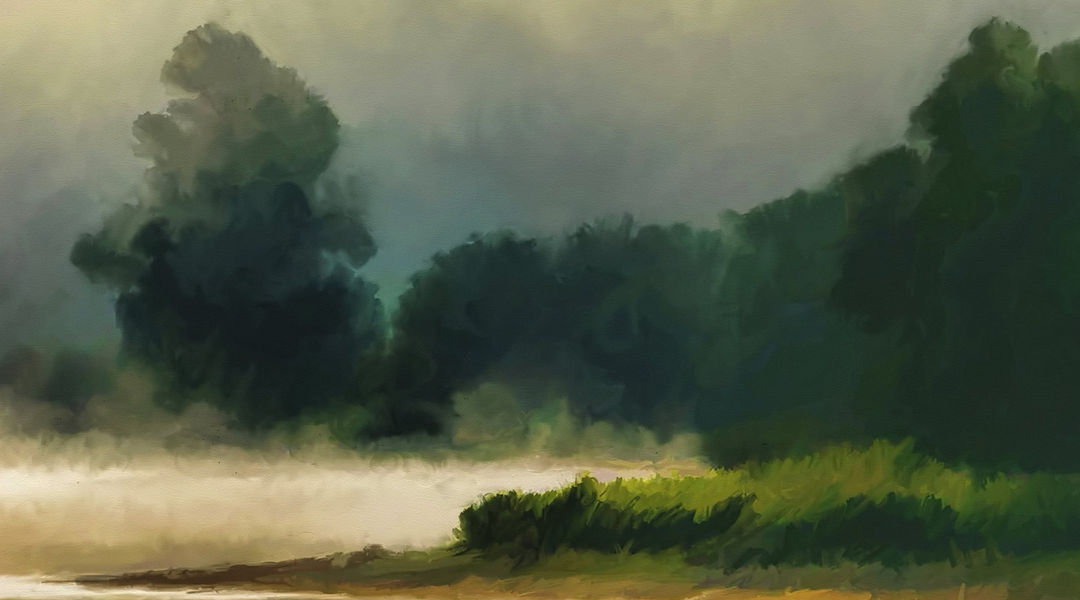Tell us about your latest novel, “A Place Between.”
“A Place Between” is my fourth historical novel, all published with WiDo. The people of the WiDo family have been good to me, and I’m thankful to be part of them. I can’t say which novel is my favorite. All were written out of a need to comprehend the depth and strength of people who faced and conquered daunting challenges, choosing to walk amid uncertainty with courage and with hope. I love the characters in my books: Daniel and Sarai, Anne Askew and John Lascelles, Susanna Hutchinson and John Cole, and all the people who shared their lives. I love all that I learned from them.
What kind of historical research have you done for your writing?
For “A Place Between,” I studied the history of early Boston in the 1630’s and 40’s—the streets and houses and gardens, and the people the Hutchinson family would have known. The house of Governor John Winthrop, Anne Hutchinson’s greatest enemy, stood across the street from the Hutchinson’s, and Winthrop could closely observe all the comings and goings of the family. In my mind, I pictured a wide street, but when I visited the city, I found that the space was quite narrow. How would it have been to be so closely watched, with suspicion and hate?
I also sought out the women who were midwives at that time, including a woman named Alice Tilley, who was imprisoned in the town jail out of suspicion of the methods she used to treat the medical needs of women, particularly during pregnancy and childbirth. Her imprisonment greatly upset the women of Boston and the surrounding areas, many of whom signed petitions demanding that Their favorite midwife be released. After several petitions, the authorities at last agreed to her release. Alice Tilley became a character in my book. Midwives were looked on with suspicion by the authorities, who were ever watchful for signs that they used witchcraft. One midwife was hung for it.
I found the Indian tribes who lived in the New York area, and explored Susanna’s life as she lived with them, and the language they spoke. While researching how the Indian natives were treated by the colonists, I came across towns that were established for the Indians who had converted to Christianity, called praying towns. They were situated around the Boston area, providing a protective barrier between the colonists and the Indian tribes. Winthrop recorded in his journal that in 1638 black slaves arrived in Boston. Indians would be traded for the slaves, who were then used to work the farms of the wealthy colonists, including John Winthrop.
I researched the schools that were established to educate the children, the hornbooks used for writing, and the books they studied. Education was considered so valued that a law was established that made it legal for the children whose parents were deemed by the authorities to have neglected their child’s education to be placed in another home. This became a factor as I imagined what Susanna’s life would have been like after she returned from living with the Indians.
What inspired you to write “A Place Between”?
During the writing of my second novel, Fire of the Word, while doing a Google search, I discovered that the early Boston dissident Anne Hutchinson is my ninth great grandmother, and that I descend from her daughter Susanna, who survived the massacre that killed her mother and several of her siblings. This outspoken woman so angered the Boston leaders that in 1638, she was put on trial for her heretical ideas, excommunicated and banished. The transcript of her trial was preserved, and she has become an icon of religious liberty. A statue of Anne and Susanna stands on the Boston courthouse grounds.
My interest in the Hutchinson family was the inspiration for “A Place Between.” I wondered about Susanna, who lived among the Indians from age nine until she was ransomed back and returned to her brother in Boston about 1643. How did she cope with the disasters that so affected her life? What obstacles did she have to overcome as she returned to the house in Boston where she’d lived as a child? How did she make a place for herself? How did she come to find peace? I knew that exploring her story could strengthen me in my own experiences with life. My hope is that this book can do the same for others.
What makes a good story?
A good story teaches us about our nature as human beings, gives us the opportunity to develop empathy and compassion—for others, and for ourselves. Stories can teach us how to live and thrive and move forward with hope. Reading a good story is like putting together a jigsaw puzzle, one piece at a time, until the whole picture is revealed. Writing a story is much the same. And when the last page is written or read and the book closed, one can feel, fleeting or lasting, a precious sense of being whole.

